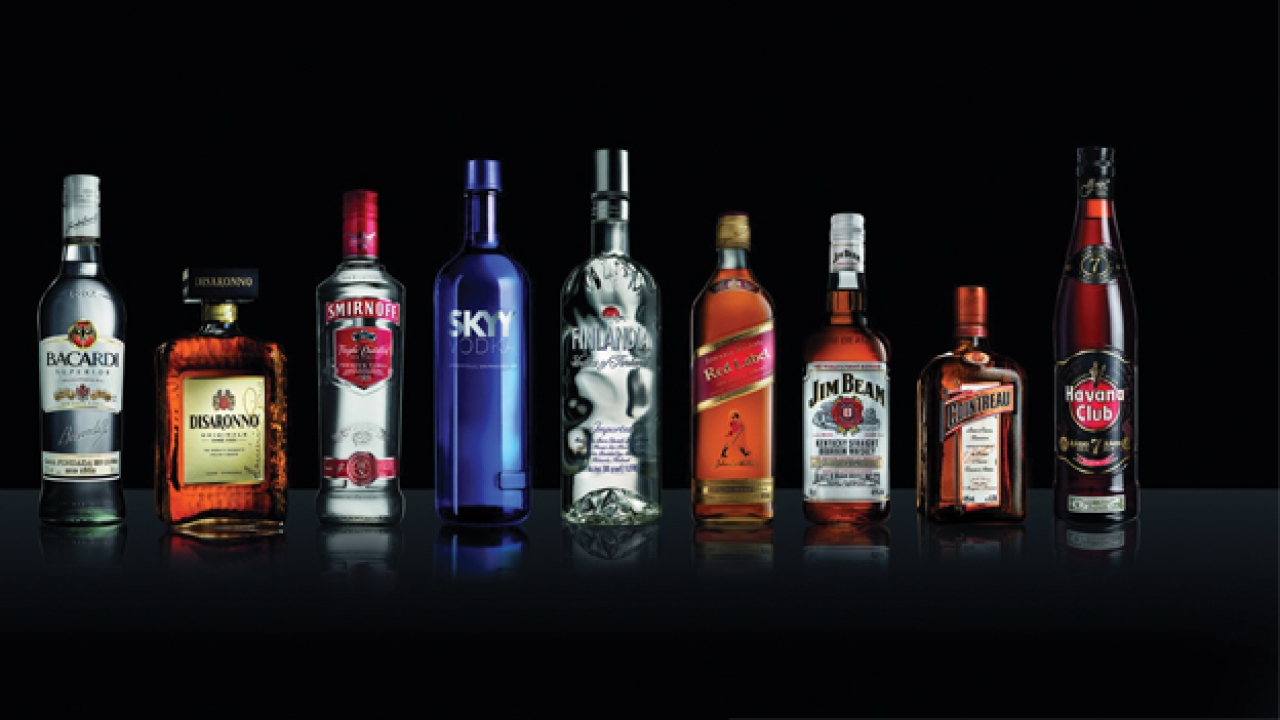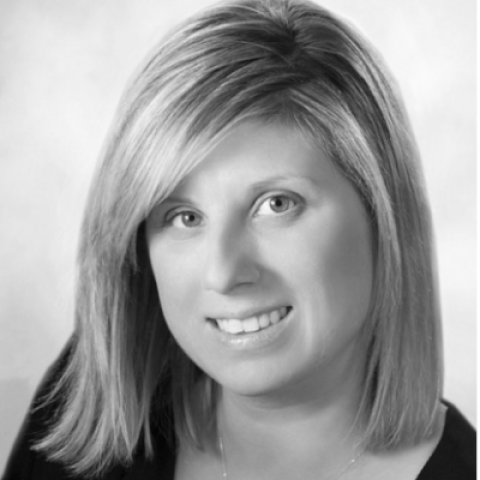Italian converter succeeds in US heartland

In five years Eurostampa North America has established itself through its broad portfolio of both sheetfed offset and flexographic presses. And that’s not all, writes Danielle Jerschefske
Eurostampa North America was founded in Cincinnati, Ohio in 2007, expanding from company headquarters in Cuneo, Italy where label converting operations have been in place for 40 years. An Italian converter opening-up shop in the heart of America where some of the nation’s best label converters reside sounds bold, and it is. But it also made great sense and the business has experienced staggering growth over the last five years.
Initially the intention wasn’t specifically to locate in Cincinnati, but after searching from sea to sea for over a year president Gian Franco Cillario found PepperPrint, a sheetfed offset label printer, with compatible synergies to serve as a basis for establishing Eurostampa’s US operations. PepperPrint was a 15 year-old company that serviced some of the Jim Beam accounts with a number of sheetfed Heidelberg presses.
Eurostampa North America president, Gian Franco Cillario says, ‘In this way we focused right away on cut and stack label production and after moving a few Gallus machines from Italy, we started producing in-line flexographic pressure sensitive labels.
‘With multiple locations there’s global insurance for servicing the needs of large international brands. The location is central and close to the nation’s foremost bourbon manufacturers, so products can be delivered quickly locally and nationally. And it’s a big enough city to find good, hardworking associates and has universities in the area.’
In five years with US operations, Eurostampa has earned business from a number of large multi-national liquor, beer and beverage brands with big values that require reliable communication. ‘Our goal was to create a name in the market,’ explains Cillario, which is precisely what Eurostampa NA has done.
Company growth
The acquired facility was tight with 25,000 sq ft. Today manufacturing is housed in a built-to-need 70,000 sq ft state-of-the-art facility with offices housed between two channels of open window panels that carry light through to the shop floor. The converter is in operation five to six days each week running three shifts with a total of 100 employees – up from 35 at its inception.
Starting in sheetfed offset, transitioning into flexo, Eurostampa NA in many cases shifted brand labels from wet-glue to pressure sensitive. Cillario says, ‘The pressure sensitive business has grown extremely fast.’ Funny though, at the same time a number of big brands have retreated from using pressure sensitive labels, in which case the converter has been able to hold onto the business with its dual technology platform.
The main section of the plant is effectively divided into two wholly separate work streams for sheetfed and roll-fed production. Through the acquisition, Eurostampa gained two Heidelberg machines, both of which have been upgraded with UV capability. A number of Bobst embossing machines finish labels to one complex piece that can also include foil and hot stamping. The converter estimates that 35 to 40 percent of its sheetfed business is also hot stamped. Three Blumer Atlas die-cutting lines complete the labels before an automated, proprietary system checks quality.
Most recently Eurostampa NA installed the new Gallus EM 410S launched at Labelexpo Europe 2011. The machine is a 16-inch, 12-color all UV monster equipped to convert the most complex of pressure sensitive labels using hot stamping, rotary screen heads, embossing and foiling inline. Registration on the press is automatic and visually checked for quality using BST’s inspection system just as the presses in Italy do. Currently it is the only press of its kind in North America.
Cillario fully intends to increase both PS and offset capability in 2013. He says, 'This strategy gives clients options rather than our business being un-switchable.' One of the main advantages to pressure sensitive labels is the improved efficiency in bottling application. Wet-glue labels must fight for performance, but in some cases can be more cost effective. Much of the organic growth in the business has come from wet-glue opportunities while new business has typically been pressure sensitive. By offering both technologies, Eurostampa NA is able to deliver whatever a client prefers.
Service innovation
‘The first two years starting out was tough,’ admits Cillario. ‘To establish a relationship with confidence it took three years to prove that Eurostampa was in fact capable of helping big brands find solutions.’
It was only a matter of time before potential clients realized that service, reliability and credibility are taken seriously within the Eurostampa culture. Cillario says, ‘It's a challenge to be a leader. Quality is a fact. You have to be able to offer service.’
For this reason Eurostampa uses a proprietary system to ensure there are no mixed labels. The repercussions found with applying the incorrect label to a package, particularly bottles of alcohol, can be devastating and put the brand in serious trouble. When servicing such massive businesses with huge volumes of labels, accuracy and security on delivery and on the shelf is imperative for a brand’s equity.
If a customer chooses they can include a discrete data matrix code, or QR code, on any Eurostampa printed label, which holds the part number and the job number of the label and brand. All labels are run through a specially engineered Prati conveyer machine equipped with vision systems where the codes are automatically scanned and incorrect labels tossed aside. This highly effective process eliminates any possibility for labels to be mixed.
Social responsibility
Cillario explains Eurostampa’s 50 percent growth last year: ‘It’s about the culture; we make sure everyone is engaged. With more machines and continued investment, we need our employees to embrace flexibility and be willing to put in the overtime – and feel good about it and the company.
‘The customer is the core of our business and the mentality of our people both in Europe and the US reflects on our service. Satisfied employees are naturally customer oriented and are willing to pay attention to the little details that make a big difference.’
The company regularly reinvests profits back into the business, making associates feel their importance and experience first-hand that the business is more than just a profit center.
For production consistency, general quality and associate comfort, the entire plant is monitored closely for humidity and temperature. The converter recycles what it can and is powered 100 percent by wind, paying extra for this alternative energy sourcing. Any solvents are re-cleaned and used again and again.
Internally global
Communication is essential. Being linked closely to headquarters in Italy, standardizing and improving quality together has allowed the US operation to produce at the same level as its European operations. The parent plant provides ample support both through modern media and by transferring employees between locations for regular training and knowledge sharing. The plants have a set weekly video conference to promote camaraderie and a sense of unity.
Eurostampa NA recently transitioned to use a proprietary ERP system developed by the company’s Italian engineers. The shift has helped to further settle the lines of communication between the two locations. The changeover required seven people from Italy to install the system, staying in the city for a few weeks. Cillario says, ‘Training is extremely valuable.’
Some 400 employees work at the headquarters in Cuneo, Italy, found in the northern region of the country best known for truffles and real Parmigiano cheese, in a 300,000 sq ft facility. It too earned its stripes in the market through wet-glue production, eventually investing in flexographic capability. For consistency and effectiveness the R&D process and investment, and high-level training will remain in Italy, from where resources can be extended to other locations.
In February 2011 Eurostampa acquired a Glasgow, Scotland-based converter, further expanding its geographic footprint. Its longer term global outlook includes Brazil, where the company has had a presence since 2004. Already the Italian company has a sales office in India and is planning to have manufacturing capability by 2013. Mexico is viewed as a possible opportunity as well.
With the continued investments made in capital equipment and human resources, a double warehouse and a complex, interconnected ERP system, it’s clear that Eurostampa NA is here to stay. The double sided print process capability has already proved to be a successful strategy that brings value to the converter’s decision to enter the competitive US market and gives the geographically spread converter the global edge to service large international beverage brands.
Pictured: Some examples of Eurostampa North America's work
This article was published in L&L issue 3, 2012
Stay up to date
Subscribe to the free Label News newsletter and receive the latest content every week. We'll never share your email address.


